Ground Ivy / Spring / Summer / Autumn / Winter / Edible
Ground Ivy is one of Britain’s most common plants, it’s not a true Ivy but a member of the Mint family and it can be used as a substitute for Thyme, Mint or Rosemary. It’s an evergreen, ground cover plant that can be quite invasive.
Common Names
Ground Ivy, Ground-ivy, Gill-over-the-ground, Alehoof, Field balm, Run-away-robin
Botanical Name
Glechoma hederacea
Scientific Classification
Kingdom – Plantae
Order – Lamiales
Family – Lamiaceae
Ground Ivy Foraging Video
Physical Characteristics for Ground Ivy
Leaves
The leaves are roughly kidney shaped, bright green and they grow on long stalks. They are hairy and have rounded lobes. When the leaves are crushed they release a pleasant smell that I’ve read described as anything from thyme, blackcurrant and tom-cats? Like all Mints they have square stems. Up to 4cm across.
Flowers
The flowers are purple and are funnel shaped with frilly lobes. They grow in opposite clusters of two or three. The flowers normally appear in spring.
Habitat
It’s one of the most common weeds in the UK and can be found almost anywhere damp and shady.
Known Hazards
It’s known to contain some compounds that can be irritants to the kidneys and digestive system in humans in large amounts. It also contains the volatile oil pugelone, which is a known abortifacient. It contains this in a far, far lower concentration than in Pennyroyal (Mentha pulegium).
Ground Ivy is suspected of being toxic to horses and cattle who can eat a sizeable portion per day. More than a typical human could eat in a year.
Could be Confused with…
Other Mints can look similar but they are all edible in moderation.
Edible Uses
The plant has a lovely Sage like minty flavour and it can be used as a substitute for Thyme or Rosemary for example. It can be used raw in salads or cooked as a leafy green. The deep fried leaves are a lovely, crunchy garnish.
Traditionally it was used to make ‘Gill tea’ which was an old cure for colds and fevers. To make it just add a handful of the leaves to boiling water and allow them to infuse before sweetening it to taste.
The common name ‘Alehoof’ comes from its use as a flavouring in beers and ales before hops were commonly used.
Notes on Herbal Uses
It is astringent and can help reduce phlegm and inflammations. It can be used to treat hay fever, sinusitis and to ease the inflammation of mucus membranes in the ears, throat, chest or digestive system.
It is also high in iron and vitamin C.
Extra notes from the Foragers
The plant has a long history in witchcraft, and it is said to be used to discover the identity of a person working against you magically.
There is a superstition that states milkmaids should wear Ground Ivy on their person to prevent enchantment to the cows.
References:
1 reply on “Ground Ivy (Glechoma hederacea) Identification”
Leave a Reply
You must be logged in to post a comment.



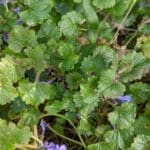
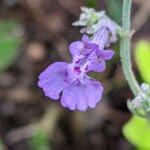

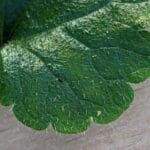
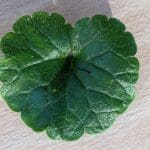
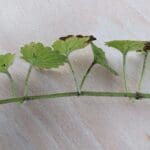
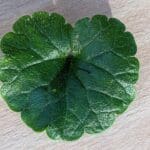
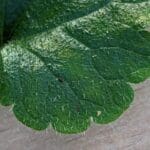
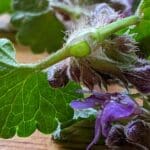
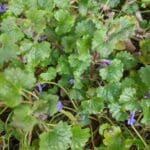




how goes it, exalted blog on greasy loss. analogous helped.